This is not a happy or funny post.
It's a guessing game about death and destruction.
If you know this history, you'll know why these pictures are best introduced with a series of questions about their provenance. Note the extensive devastation in this first shot (and the horse drawn carts).Is this Poland in 1939 or Belgium in 1914?
German troops perpetrated the Rape of Belgium over Aug-Sept 1914, burning villages to the ground and killing over 1,000 civilians. Germans then adopted the classic belligerent tactic of blaming their victims for the atrocities they were "forced" to commit. German atrocities inspired the free-world outrage expressed in this heavy-handed piece of propaganda:
Pretty snappy imagery, don't you think? The Allied soldier is suspended in a Christ-like pose while the 1915 version of Darth Vader is startled by America riding to the rescue. Study the poster carefully to appreciate its ability to inspire fear and loathing: the German is noticeably larger than his victim, whose feet dangle several feet above the ground. This conveys a sense of super-human strength which is, of course, rendered in evil tones. Germans deny freedom and liberty. Germans wantonly kill. Germans are evil.
This next shot could any one of the Belgian villages razed by German troops or even Leuven, which suffered the destruction of its university library.
The Germans displaced 40,000 people, looted Leuwen of food and industrial goods and killed 248 people, including the mayor and police force. Belgium had been guaranteed neutrality in an 1839 treaty with Prussia but exigencies of Germany's 1914 war plans made that treaty "a scrap of paper". German atrocities in Leuwen helped inspire this evocative image:
The next shot hints at the 20th century and extant building walls suggest Dresden after it was firebombed in 1945. Perhaps TheRaven is playing with you and all these images really date from WW2. Horses were used throughout the war, especially in Russia. Wartime destruction renders familiar places anonymous, wouldn't you agree?
The Dresden theme is repeated here with a solitary figure, perhaps taking a picture of total devastation. The man's head is down and he appears to be holding something, which suggests use of a early/mid century Rollei camera.
Each of these photos could be plausibly represented as documentation of war. Yet none of them were taken in Belgium, France, Germany, Russia, Poland or any other European participant of either WW1 or WW2.
All photos were taken in the American heartland, in the aftermath of an event that the subsequent, official investigative report called "the worst civil disturbance since the Civil War".
Welcome to Tulsa, Oklahoma on June 1, 1921. All photos presented above were obtained from the report. You've been looking at the destruction of what was, until May 31, 1921, a prosperous black community named Greenwood.
The report observes that the 1920 census under-counted Tulsa’s African-American community, but still notes that Greenwood included “…191 businesses. There were fifteen doctors, one chiropractor, and two dentists practicing in the district as well as three lawyers. This section of town contained a library, two schools, a hospital, and an office of the Tulsa public health services. Two news papers, the Tulsa Star and the Oklahoma Sun...” Blacks made up about 11% of Tulsa’s population and were clustered in Greenwood, which was a street-grid neighborhood about one mile long.
The incident began in typical fashion: a rumor fanned by a racist newspaper, a white mob and an inevitable, brutal lynching. What happened next sets Tulsa apart in the annals of racist brutality: a mob of roughly 2,000 whites set upon Greenwood with clear intent to destroy it. Blacks fought back and inflicted casualties but were severely outnumbered and eventually overwhelmed. Between 100 and 300 people died and the 1,256 houses, stores and structures in Greenwood were burned to the ground. The attackers employed several aircraft to drop incendiaries. Greenwood suffered exactly like Belgian villages in 1914, with white Oklahomans playing the role formerly taken by the Kaiser's murderous troops.
The incident began in typical fashion: a rumor fanned by a racist newspaper, a white mob and an inevitable, brutal lynching. What happened next sets Tulsa apart in the annals of racist brutality: a mob of roughly 2,000 whites set upon Greenwood with clear intent to destroy it. Blacks fought back and inflicted casualties but were severely outnumbered and eventually overwhelmed. Between 100 and 300 people died and the 1,256 houses, stores and structures in Greenwood were burned to the ground. The attackers employed several aircraft to drop incendiaries. Greenwood suffered exactly like Belgian villages in 1914, with white Oklahomans playing the role formerly taken by the Kaiser's murderous troops.
The report is exhaustive, compassionate, poignant and through no fault of the Commission that authored it, a monumental insult. The 1st and only report on the Greenwood atrocities is dated February 28, 2001. The magnitude and one-sided nature of death and destruction in Tulsa suggests that characterization as a “race riot” is at best, quaint. Greenwood wasn’t punished for being black; Greenwood was punished for being black and prosperous. In that context, the only appropriate description is pogrom.
Despite all available evidence, no one was ever prosecuted for the hundreds of crimes committed in Tulsa on May 31 and June 1, 1921. Surviving victims were, however, promptly arrested. A grand jury later found that blacks were solely responsible for Greenwood's destruction. This may qualify Greenwood as the penultimate expression of Jim Crow brutality and violation of the Constitutional guarantees that Americans have fought to preserve for 223 years. Our last photo shows American soldiers who fought to defend liberty against German aggression in the Great War:
You don't have to believe TheRaven. Read the full report for yourself, here: http://www.okhistory.org/trrc/freport.htm











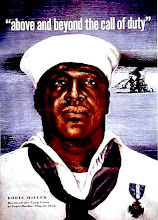
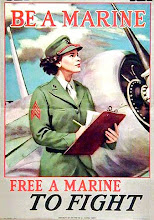
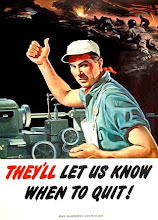
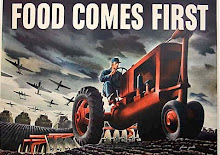
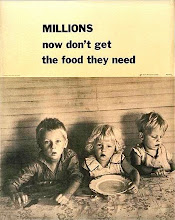


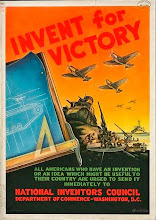
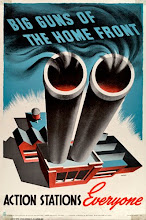
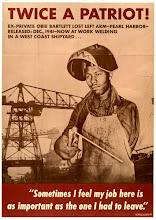

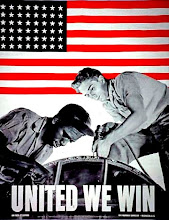

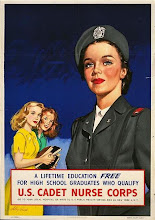

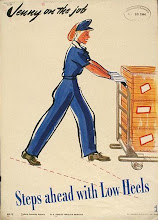
+breed+danger+6x8.jpg)
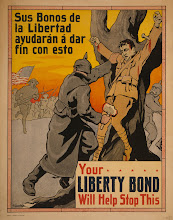
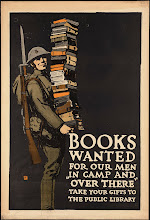
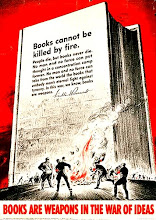
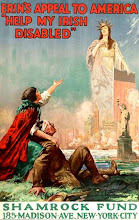
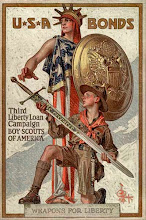

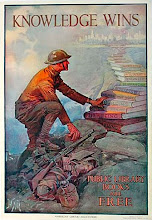

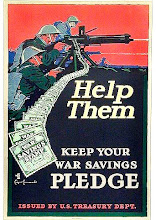
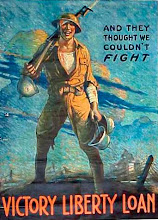

+5x7.jpg)
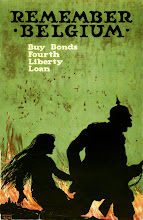
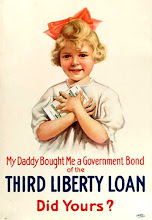
No comments:
Post a Comment